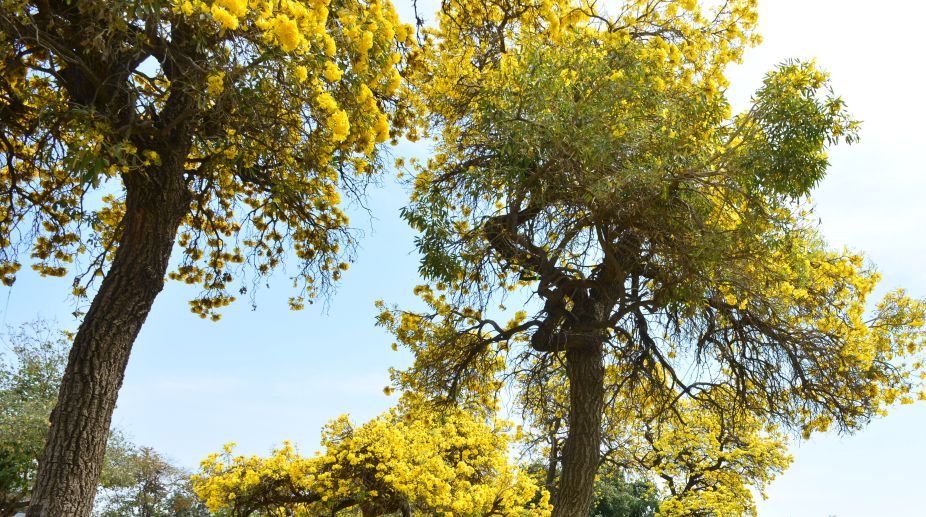Tree trunks in upland forests actually emit methane rather than storing it, say scientists who claim to have found a new, previously unaccounted source of this powerful greenhouse gas.
Researchers from University of Delaware (UD) in the US found that upland forest soils usually take up and store methane, but this effect can be counteracted by methane emissions from tree trunks.
They tested a cluster of trees, soil and coarse woody debris (CWD) – dead wood lying on the forest floor in various stages of decomposition – to measure fluxes of methane and carbon dioxide.
The team used a state-of-the-art greenhouse gas analyser based on laser absorption technology, called Off-Axis Integrated Cavity Output Spectroscopy (OA-ICOS).
They visited the site over the course of one growing season – April to December.
Researchers measured the carbon dioxide and methane fluxes of the soil, tree trunks and CWD to determine whether those three components were sources or sinks of these greenhouse gases.
"We believe our work can help fill in some gaps in methane budgets and environmental processes in global ecosystem models," said Rodrigo Vargas assistant professor in UD.
"What we have found in this study is that some coarse woody debris act kind of like the soil and consume methane while other pieces of coarse woody debris emit small amounts of methane, which is also what we saw with living tree trunks," said Daniel Warner of UD.
"The tree trunks constantly have low but detectable emissions of methane," said Vargas.
"Soils are providing an environmental service of sequestering this potent greenhouse gas, but the trunks are releasing methane equivalent to 4 per cent of what could be captured by CWD and soils at the ecosystem scale," he said.
Overall, the tree trunks acted as a source of carbon dioxide and as a small source of methane, but the magnitude of gases emitted varied with the species, researchers said.
"At this moment, the mechanisms of methane production in upland forests are not clear. Methane can be either transported from the soils upward inside the stem and diffused to the atmosphere or produced inside the stem by fungi or archaea – single-celled microorganisms," Vargas said.
The study was published in the journal Ecosystems.












